During my study breaks, I read up on the local and national news regarding our current chosen home, New Orleans. It has been exactly three months since the rain and winds of Katrina pounded the city. Tomorrow it will be three months since the Army Corps of Engineer levee system, built incorrectly by the federal government and misrepresented in its safety and construction, failed, drowning 80% of the city and well over 1,000 of it’s inhabitants.
Like many other tenacious and hardy folk, we have returned home. To those out-of-towners who have not seen the city in the flesh, who cannot grasp the reality of the devastation and heartbreak that is New Orleans, this is a sign that the city is coming back to normal. That life here is normal.
Nothing could be less true.
Three months after the storm, 4,000 people — 4,000! — are still missing. A small pocket of life exists along the banks of the Mississippi, where high ground and the action of the river protects our area of Uptown, including the Garden District, the Warehouse and Central Business District, the French Quarter, the Marginy, and the Bywater. We who live here are coming back. Businesses are slowly coming back, limited in staff and supplies. Power is slowly being restored. A few schools are opening to limited students and asking little or no tuition until the New Year. The community centers, churches, and schools that are functional still operate as relief stations, supply centers, and makeshift hospitals. Of the 8 hospitals in the city, 2 are partially functional. There is no trauma center.
The remainder of the city remains without power, without people, and under curfew. Homes are still being looted, bodies still being found. Driving through these areas is like entering a war zone. The little signs of life are tragic. Those who have come back live in tent communities in shopping center parking lots, awaiting trailers. Homeowners come out of their homes carrying the ruined debris of their lives, pausing to dry uncertain tears, and then go back inside for more. The lush green foliage that once covered the city struggles to survive through a blanket of silt, left behind by the murky, polluted water that blocked the sun for weeks. Stinking appliances await pick up on corners, the rotting smells pouring through the air regardless of how tightly sealed they sit. Mounds of debris, dotted with the muted color of a child’s toy, line front yards. Blue liner has become a welcomed, happy sight. It lies in protection on the rooftops of homes that have hope. In areas where the floodwaters took away any hope of a homecoming, there is no blue to be seen.
Anytime we leave the small strip of our neighborhood, this is what we see. This is the reality of the city we share. This is what it looks like to be here. And what does it feel like? A city forgotten and abandoned by its country.
If any other major US city had experienced a tragedy this profound, would the story be the same? Three months later, would there still be no commitment, no plan, for protection and rebuilding? Would we abandon other vulnerable cities — Miami, San Francisco, Los Angeles — the way we have abandoned New Orleans? Is it so easy forget that a third of the country’s oil products, and much of the nation’s trade, flow through these ports? Is it that easy to dismiss the cultural heritage born, bred, and celebrated in these streets? Are we so arrogant that it feels better to insult and place judgment on the misfortune of living near water than it does to commit to making this a safer place to live? The “Big One” will come, over and over again, to Los Angeles and San Francisco, moving them slowly up the west coast… yet would we ever suggest not rebuilding them?
Below are a few pictures of our drive back into the city this Saturday. They represent a small scale of the widespread devastation that wraps our neighborhood. They are antiseptic compared to the experience.
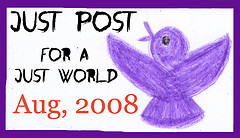
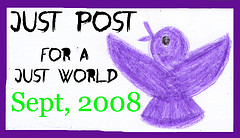
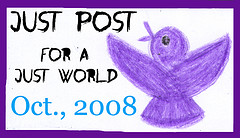


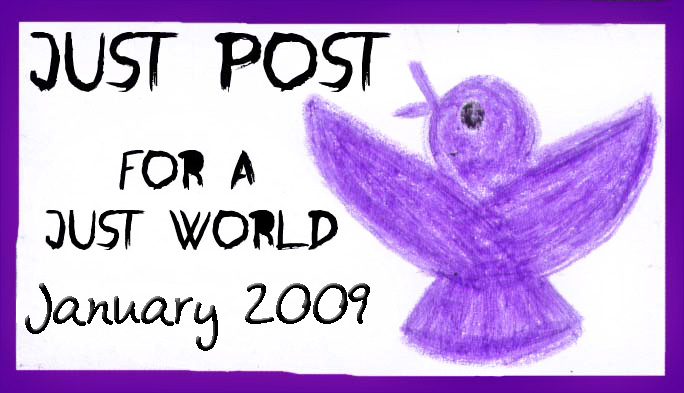
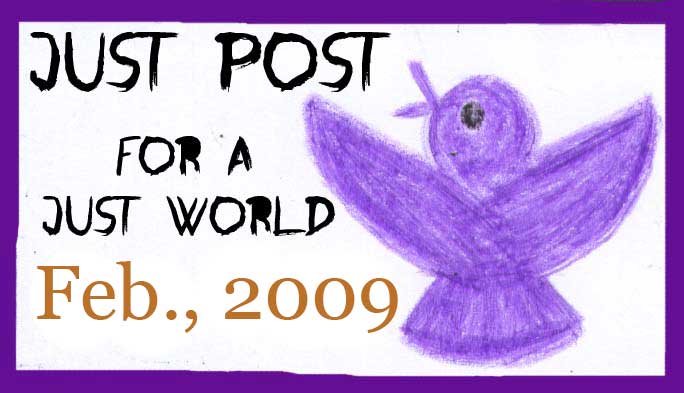








Fluorescences | 28-Nov-05 at 11:02 am | Permalink
California has 25 Congressmen and 54 electoral votes.
Florida has 20 Congressmen and 30-some electoral votes.
You cannot be elected president or retain control of Congress without winning at least one of these states and running up substantial votes in the other.
That is why Miami, San Francisco and Los Angeles have higher priority over New Orleans. Louisiana is a Southern state with nominal political influence. As for oil, never underestimate the will and ability of the American oil industry to circumvent inconveniences in distribution.
Sorry for the cold water. Maybe I’m in a cynical mood because I saw Syriana last night.
Randy | 28-Nov-05 at 7:14 pm | Permalink
Honestly this is the same pattern that we saw after the Flood of 1993 And i would Guess the Flood of ’27. After an initial public outcry national media attention turned to focus on other issues.
Recovery efforts are going to take years, but a plan has to be developed. My personal preference is that it should be pushed down as close to the local level as possible to be effective. Make a laundry list of EVERY project that you would like to see completed put a priority on each project and then start making cost estimates for each project.
Unfortunately the preliminary plans are not going to be made available to the public until they are mostly finished. Mostly because no one wants to take heat for something that is still undecided. Hopefully it is in process, and if not hopefully the next set of elections will start replacing people from the ground up.